Exact schematics are not generally available. I have instead tested other audio mic inputs. DC for mic exists. It is not disconnectable nor adjustable from the Windows Realtek HD Audio user interface. Probably it's adjustable and disconnectable with some utility software, but I haven't met such thing. The DC +3V was connected via at least 6kOhm resistors to tip and ring (=3 and 4) of the 3,5mm plug. There's no DC between 3 and 4. It's only 4 to 2 and 3 to 2.
This is a low voltage version of phantom mic supplying system. I am sure that max. possible 1 mA DC current through a dynamic mic do not cause harm, if you leave the capacitors out and connect one wire of your mic to tip and ring and the other wire to the ground (2). I have done it without realizing there's DC.
Your connection with capacitors should work. It makes sure that the mic does not get DC magnetization. Have high enough capacitances to avoid losing the bass. Remember the right polarity for electrolytics.
